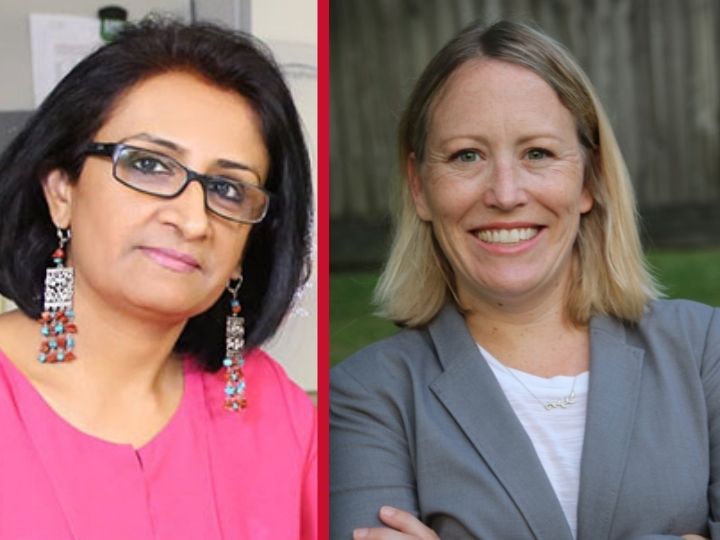

Since the Syrian civil war began in 2011, approximately 20,000 Syrian refugees have resettled in the United States, with an estimated 130 families resettling in Houston. Prior to their resettlement, most Syrian refugees reported experiencing traumatic events including torture of self or loved ones, death of family members or friends and loss of property, income and self-sufficiency.
To examine the physical and mental well-being of the Houston Syrian refugee population, researchers in the UH College of Pharmacy and UH Department of Psychology conducted a pilot study which revealed that Syrian women in Houston are sadder and experience more stress-induced reactivity than Syrian men. The results are published in the International Journal of Environmental Research and Public Health.
“Our data and previous studies suggest that refugee women are at a greater risk of mental health problems, such as depression, anxiety, and PTSD, which increases the risk of psychopathological disorders among this vulnerable group,” reports Samina Salim, associate professor of pharmacology. “Displacement from their home country and social strain were the major sources of stress in Syrian refugee females.”
Using the Afghan Symptom Checklist (ASC), Refugee Post-Migration Stress Scale (RPMSS), Perceived Stress Scale (PSS) and Self-Report Questionnaire (SRQ), Salim and her team conducted online surveys of 94 Syrian refugees (38 males, 55 females and 1 non-binary).
Syrian refugee females scored higher than males on ASC (37.78 vs. 31.64), particularly in the subscales of sadness with social withdrawal (28.89 vs. 24.31) and stress-induced reactivity (6.56 vs. 4.86). Similarly, females scored higher than men in RPMSS (60.54 vs. 45.15), including the social strain domain (8.08 vs. 5.18).
"Although the new environment in the host country, the U.S., is safe and protected, the new stressors of becoming a minority in a new country, learning a new language, and new social and cultural norms add multiple layers of stress on top of an already stressed and trauma-inflicted life,” said Johanna Bick, assistant professor of psychology and study co-author.
The team’s recommendations for future interventions include the use of culturally sensitive language-tailored community enrichment programs (English language skills, health educational programs for refugees with low literacy, etc.) which will allow greater assimilation of Syrian refugee women into American society.
The research found along with inadequate communication, unemployment and being confined to home (without the ability to drive) contributed to social strain among women.
“Syrian refugee men, on the other hand, reported less stress related to the social strain domain, as they were not confined or isolated as the women. Since men were the breadwinners of the family, and through employment built social interaction, they were more proficient in English than women,” said Salim.
In the strictly patriarchal society, where women typically have many children and bear the burden of their care, marriage was found to be a source of stress for the women.
"The marital pressures, financial insecurity, and high family expectations collectively create a high-stress environment,” Salim added.
The interdisciplinary team of researchers include collaborators from several UH departments: Brian Biekman, graduate student, Department of Psychology; Tzuan A. Chen, research assistant professor, Department of Psychological Health and Learning Sciences, College of Education and HEALTH Research Institute; Ghalya Alrousan, post baccalaureate research assistant, Department of Pharmacological and Pharmaceutical Sciences, College of Pharmacy; and Fatin Atrooz, postdoctoral researcher, College of Pharmacy.